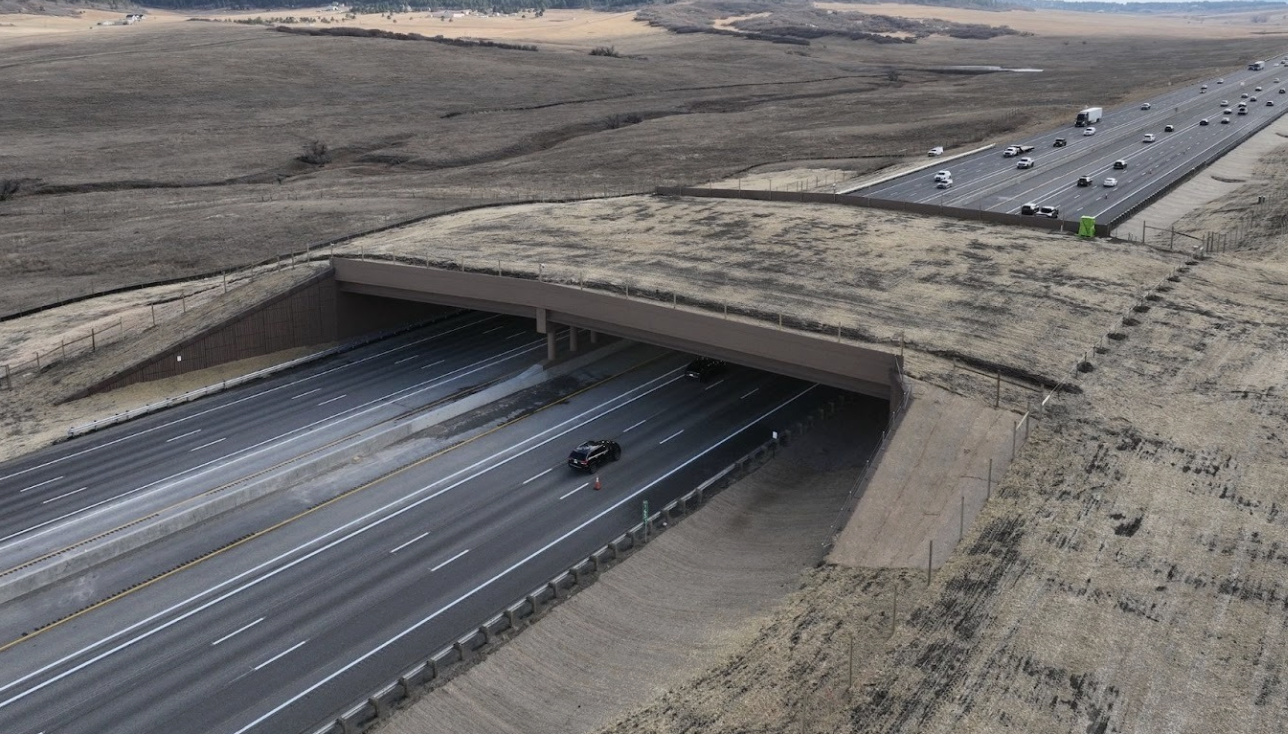It’s been just under one month since Hurricane Helene killed more than 230 people across six states in the southern U.S. Nearly half of those deaths — 96, according to officials — occurred in North Carolina, where clean-up efforts are still underway.
While the physical effects will be felt for months, the economic damage on the area could be felt for years. September and October have historically been the highest revenue months for businesses in Buncombe County, where Asheville is located.
In 2023, visitors spent $2.97 billion in the county, according to the Explore Asheville Convention and Visitor’s Bureau. That number made up a fifth of its annual revenue — about twice the national average.
The largest portion of that revenue came in October when data shows hotels and rentals were at their highest in terms of both demand and occupancy.
“Locals come in the off-season which is great but for a lot of people, the last quarter of the year is where they make their year, their profit, and so it’s tough,” said Kevin Westmoreland, owner of Corner Kitchen in Biltmore Village.
RELATED STORY | Many homeowners say they're not prepared for financial ramifications of natural disasters
As it stands now, you cannot recognize Westmoreland’s restaurant was a restaurant at all. The damage is so vast — all that is left are floorboards. It’s impossible to tell it was a restaurant that once played host to the Obamas, weddings, and anniversaries.
“It’s devastating to [small businesses], so we’ve been trying to figure out how we help sustain them and not lose them for the long term,” said Kit Cramer, president and CEO of Asheville’s Chamber of Commerce.
Cramer says she’s been in talks with FEMA — looking to find any funding avenue to help businesses in this crucial time of year.
According to the agency, 43% of small businesses never reopen after a natural disaster and another 29% go out of business within the next two years.
“That’s an unknown,” Westmoreland said. “We just have to move forward as if people will still want to live here in March and April and get as many people back as we can and that’s what we want.”
Tourism is a lifeline for this region, and right now, it could use one of its own in return.
RELATED STORY | How to talk to children about natural disasters and support their mental health












